Why Is My Dishwasher Not Cleaning Properly? 3 Common Causes & How to Fix Them
There are few kitchen frustrations more demoralising than opening the dishwasher after a full cycle, expecting sparkling clean dishes, only to be met with a disappointing sight. Glasses are cloudy, plates are still gritty with leftover food, and a slightly unpleasant, damp smell hangs in the air. You chose the right cycle, used a detergent, and yet the machine has failed to do its one job properly.
When your dishwasher's performance starts to decline, it is easy to blame the machine itself and start worrying about expensive repair bills. However, more often than not, the culprit is not a mechanical failure but a simple, solvable maintenance issue. Over time, the inside of your machine can become a battleground for grease, food particles, and, most importantly, limescale.
Before you call a technician, it’s time to play detective. In this guide, we will walk you through the three most common causes of poor dishwasher performance and show you exactly how to diagnose and fix them. With the right approach, you can restore your machine’s cleaning power and get back to having brilliantly clean dishes, every single time.

1. The Problem: Cloudy Glasses & a Chalky White Film
You run your best glassware through a cycle, hoping for a crystal-clear, streak-free shine. Instead, it comes out covered in a hazy, milky film. Plates and cutlery can also have a dull, chalky residue left on them. No amount of rinsing seems to help, and it can make even clean items look dirty.
The Cause: Limescale Buildup
This is the classic calling card of limescale. The vast majority of the UK has hard water, which is rich in minerals like calcium and magnesium. When this water is heated inside your dishwasher, these minerals are deposited as a hard, chalky substance known as limescale. This scale builds up on the heating element, the pipes, the spray arms, and, of course, on your dishes. It acts like a barrier, preventing water and detergent from working effectively and leaving that tell-tale film behind.
The Solution: Regular Monthly Maintenance
The key to beating limescale is consistent, preventative maintenance. You need a product that not only removes existing scale but also cleans and degreases the machine's hidden parts. The 3 in 1 Limescale Remover, Degreaser & Hygienic Cleaner is the perfect tool for this monthly service. Its powerful formula gets to work in a single cycle, dissolving the limescale from the internal components and flushing it away. At the same time, it degreases the filter and pipes and provides a hygienic clean to eliminate the bacteria that can cause bad odours.
How to Use: Once a month, ensure the dishwasher is empty. Place one sachet of the 3 in 1 cleaner inside and run a normal or hot cycle. This simple monthly routine will keep limescale at bay, ensuring your machine runs efficiently and your glasses stay sparkling.

2. The Problem: Food Particles Are Left on Plates
Perhaps the most frustrating dishwasher failure is finding that your plates, bowls, and cutlery are still dirty after a wash. Small specks of food are stuck on, or greasy patches remain, forcing you to re-wash everything by hand. You know the machine is running, so why is it not cleaning?
The Cause: An Ineffective Detergent
While limescale can contribute to this, a very common cause is simply that your detergent is not up to the job. Low-quality powders or tabs may not dissolve properly, especially on lower temperature eco-cycles. They may struggle to cut through tough, baked-on grease, leaving a film of residue on both your dishes and the inside of the machine. If the detergent is not powerful enough to break down the food, the spray arms will simply redistribute the particles around the machine during the cycle.
The Solution: Upgrade to a High-Performance Gel
To ensure a powerful clean every single time, you need a detergent that is designed for superior performance. An All-in-One Dishwashers Gel offers several advantages over traditional powders. A high-quality gel dissolves rapidly even at low temperatures, ensuring its cleaning power is released right from the start of the cycle. Its concentrated formula is specifically designed to target and dissolve grease and lift stubborn, stuck-on food. This means a more effective wash that leaves your dishes spotless and your machine cleaner.
How to Use: Simply add the recommended amount of gel to your dishwasher’s dispenser. For loads with very greasy pots and pans, you may want to add a little extra. The superior cleaning action will make a noticeable difference to the end result.
3. The Problem: The Machine Seems Weak and Ineffective**
This is a more serious issue. The dishwasher completes its cycle, but the results are terrible across the board. Nothing seems truly clean, the machine might be making more noise than usual, and it may have a persistent musty smell. This suggests a severe, long-term buildup of limescale deep within the machine's core components.
The Cause: Severe Limescale Congestion
If a dishwasher has not been regularly maintained for a year or more, especially in a very hard water area, the limescale buildup can become extreme. The heating element can become completely encased in scale, forcing it to work much harder and less effectively. The holes in the spray arms can become clogged, dramatically reducing the water pressure and preventing it from reaching every dish. The pipes and filters can become so congested that the machine struggles to drain properly.
The Solution: A Periodic "Shock Treatment"
When the problem is this advanced, a standard monthly cleaner may not be enough. You need to call in the heavy-duty solution. A Descaling Kit for Washing Machines and Dishwashers is designed to provide a powerful, intensive deep clean. This is a "shock treatment" designed to attack and obliterate years of accumulated limescale in one go. It provides a full-scale reset for your appliance, clearing out the entire system and restoring its lost power and efficiency.
How to Use: This is not a monthly cleaner but an intensive treatment to be used perhaps once or twice a year, or when you first move into a property and are unsure of the machine's history. Follow the instructions on the kit, running it through an empty, hot cycle to give your machine a complete internal service.
Conclusion: Take Control of Your Dishwasher's Health
By learning to recognise these common signs, you can move from being a frustrated user to a proactive owner. Whether it’s tackling cloudy glasses with a monthly clean, boosting performance with a better detergent, or carrying out a deep-service descale, you have the power to ensure your dishwasher performs at its very best.

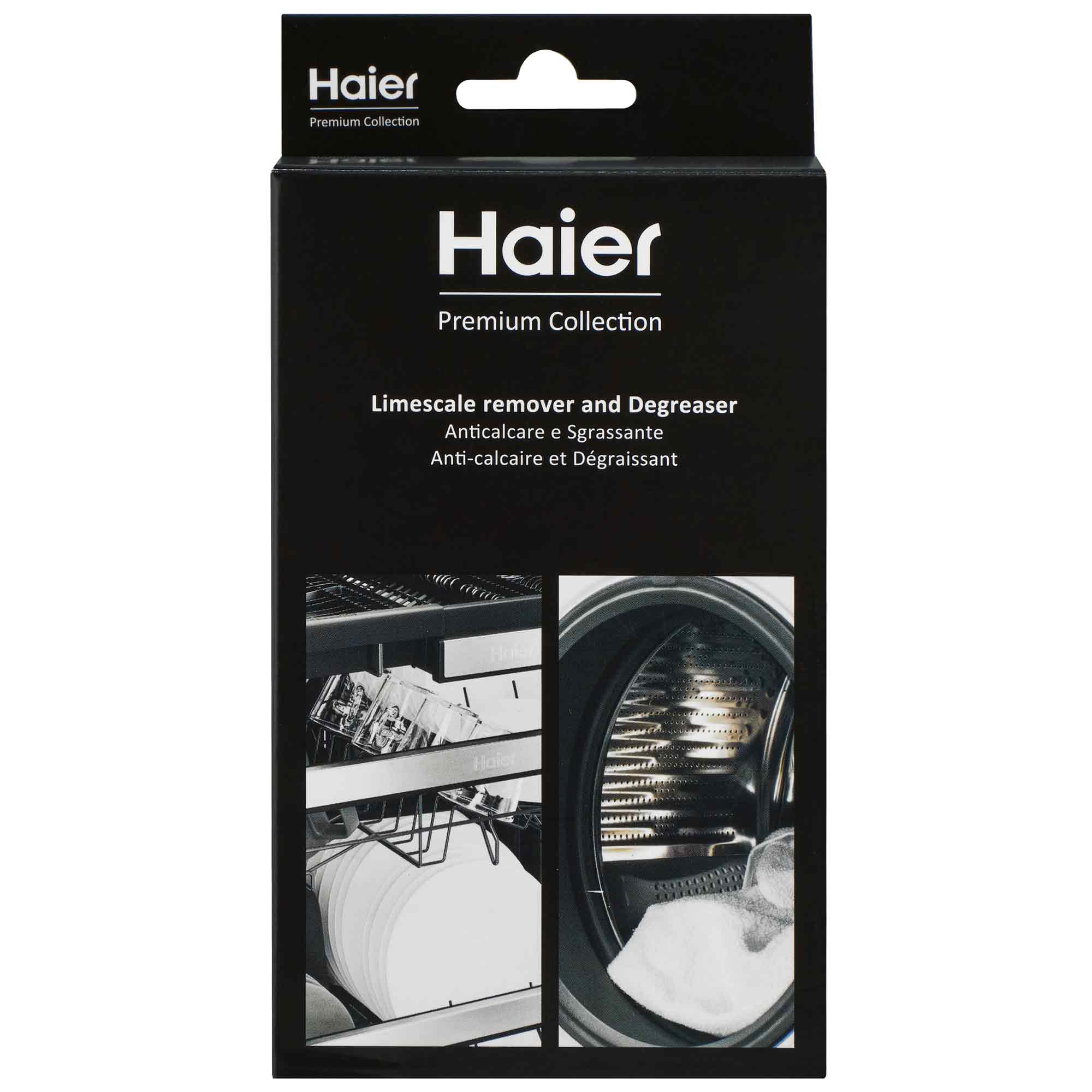
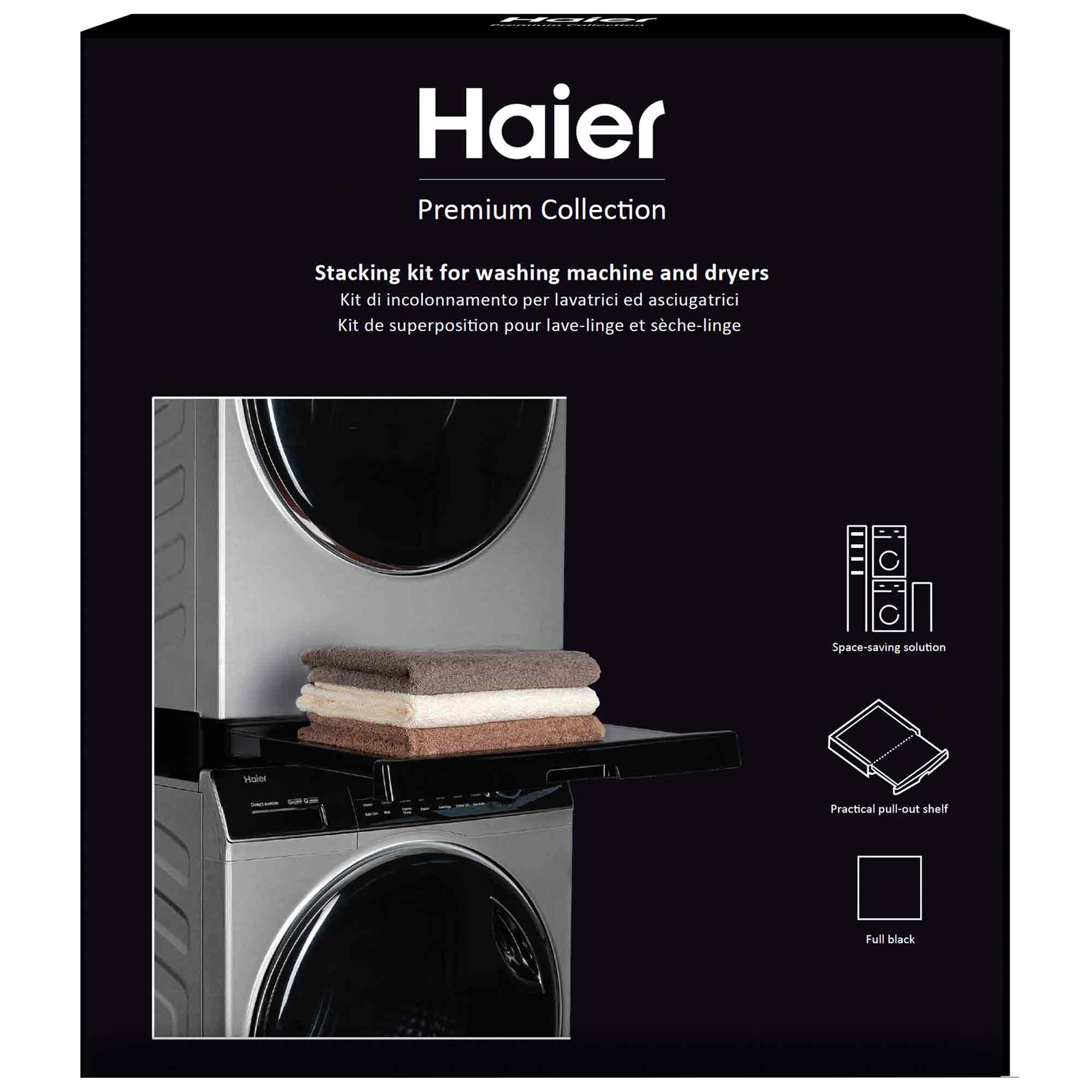
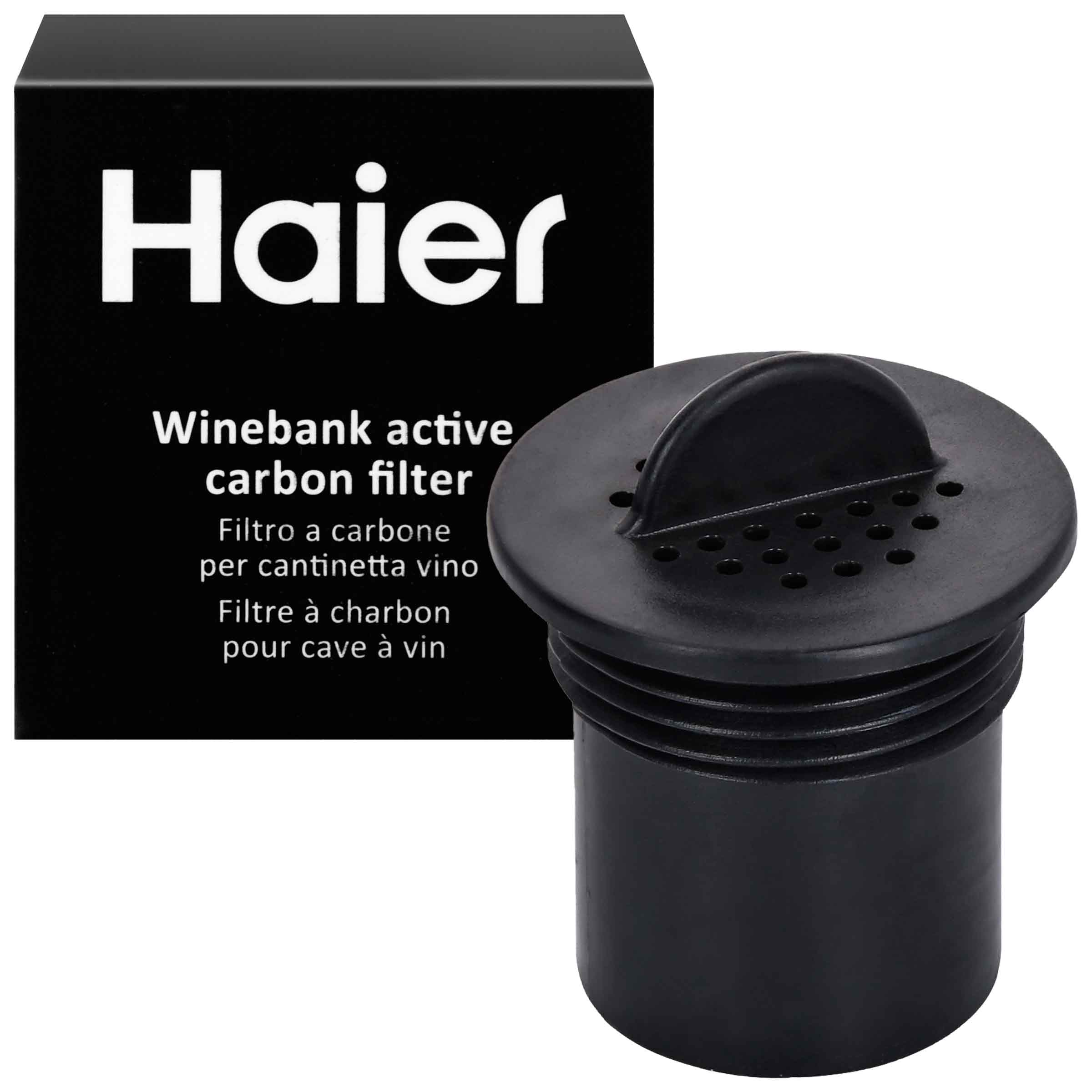
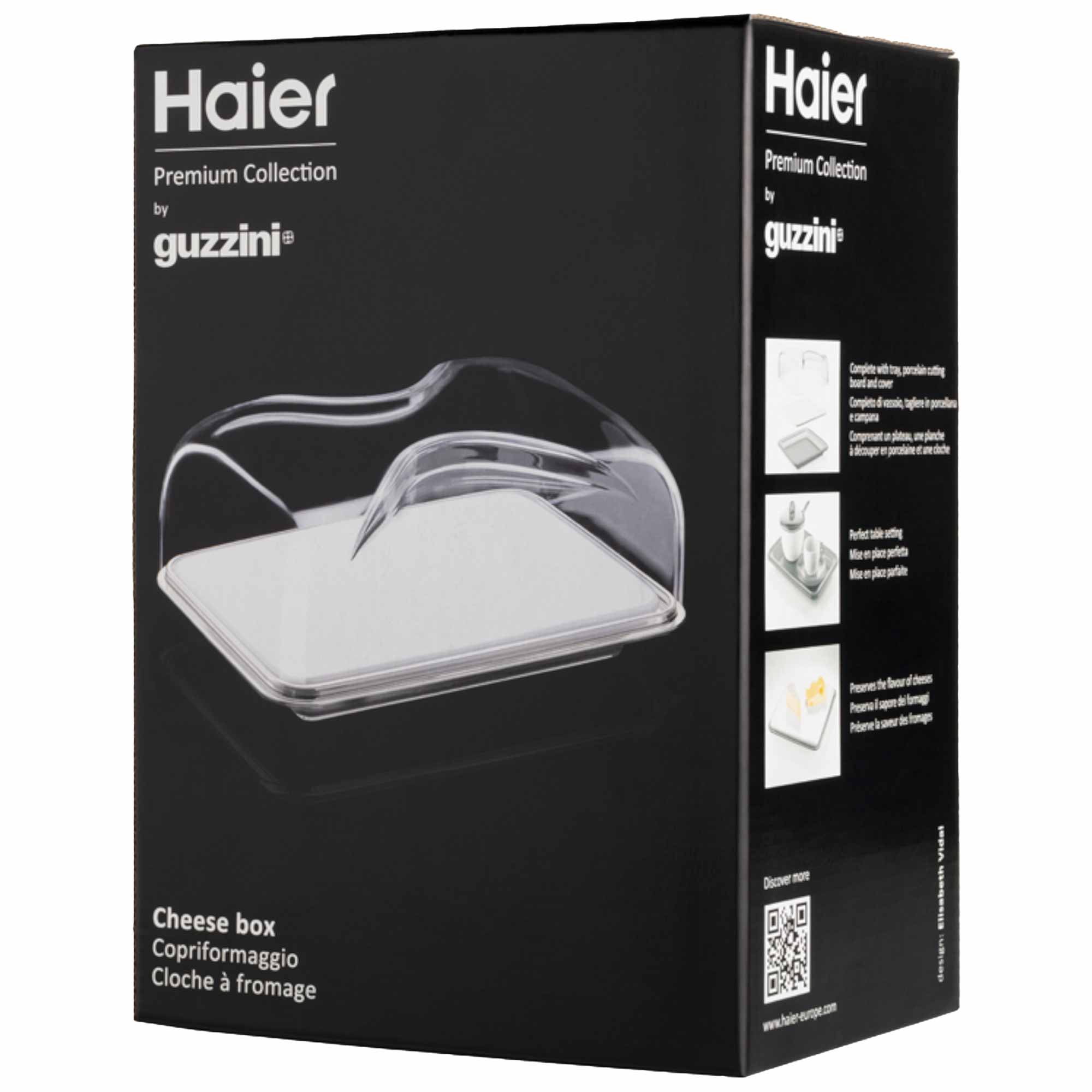
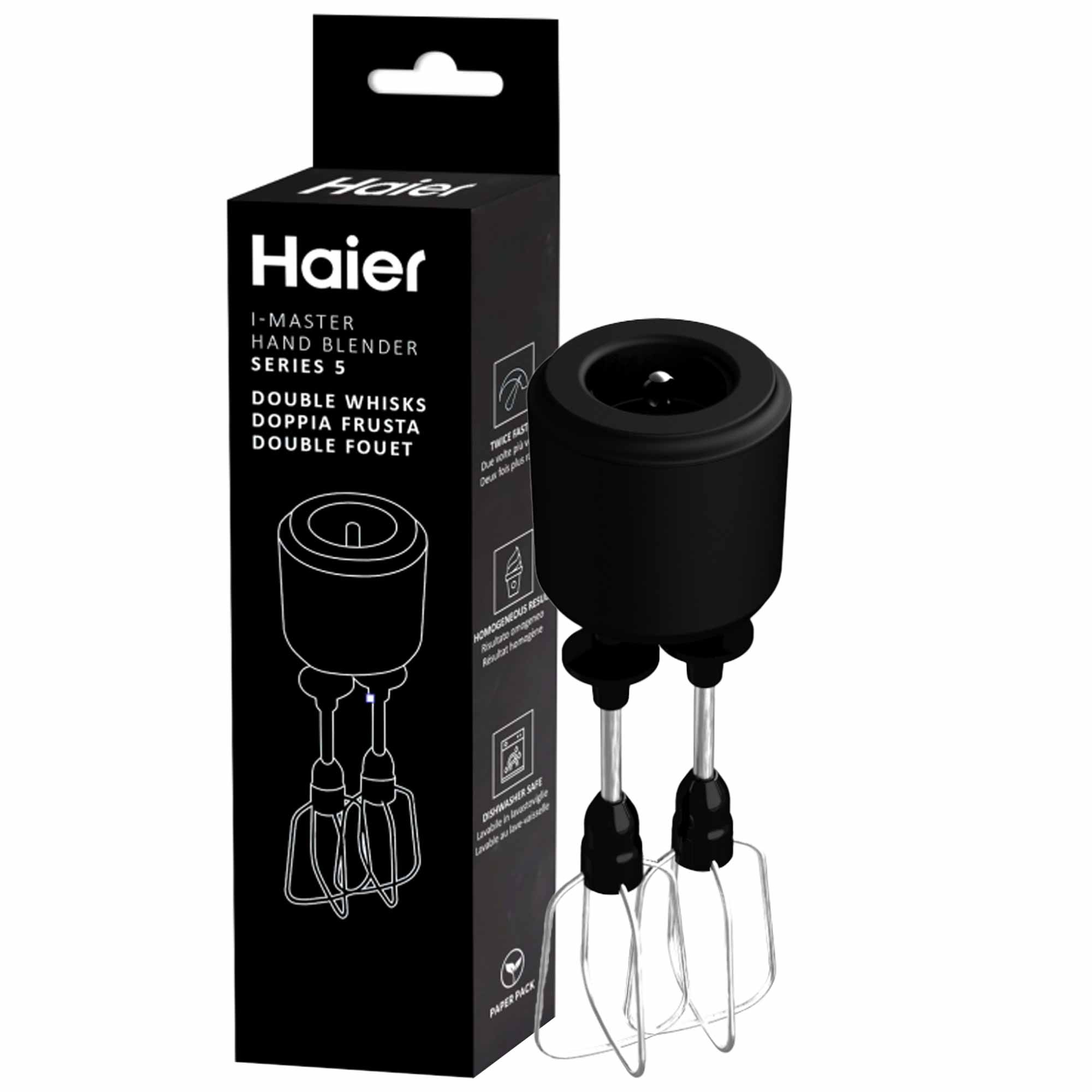
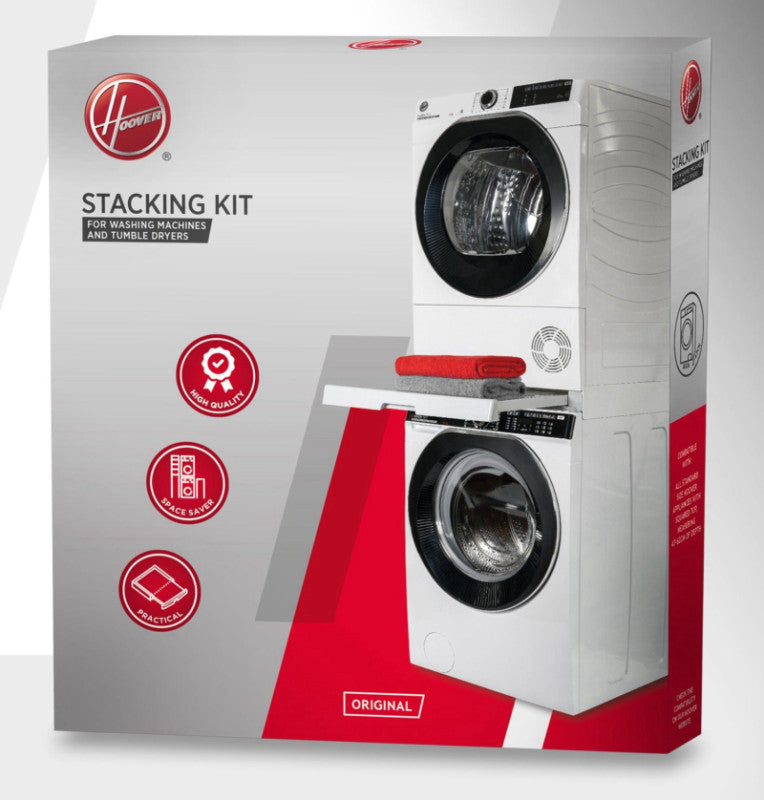
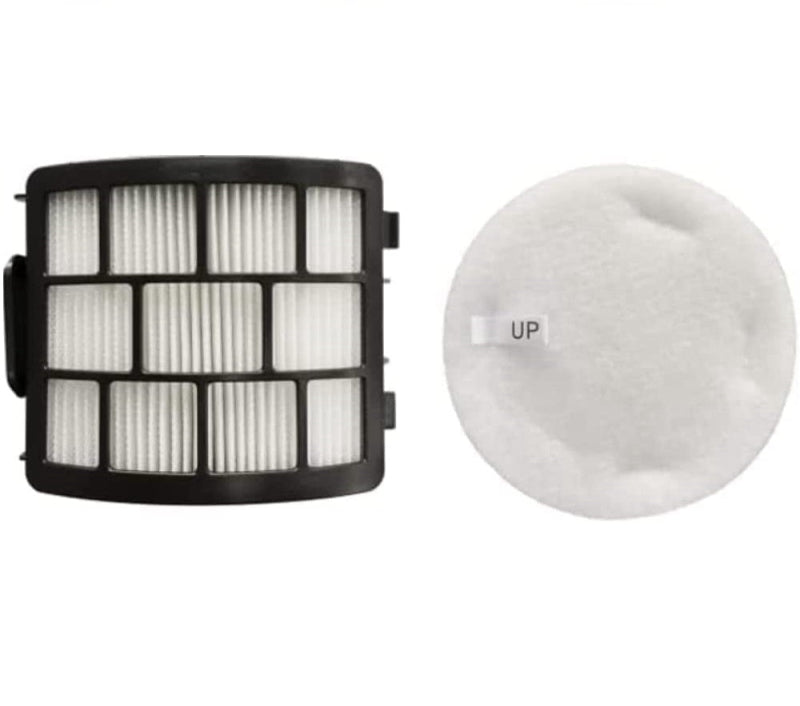
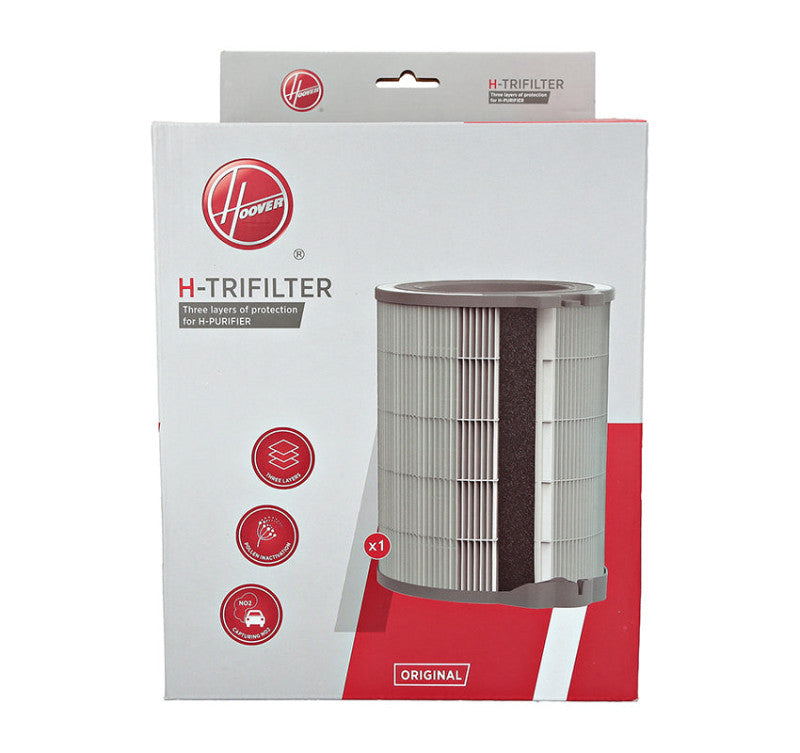
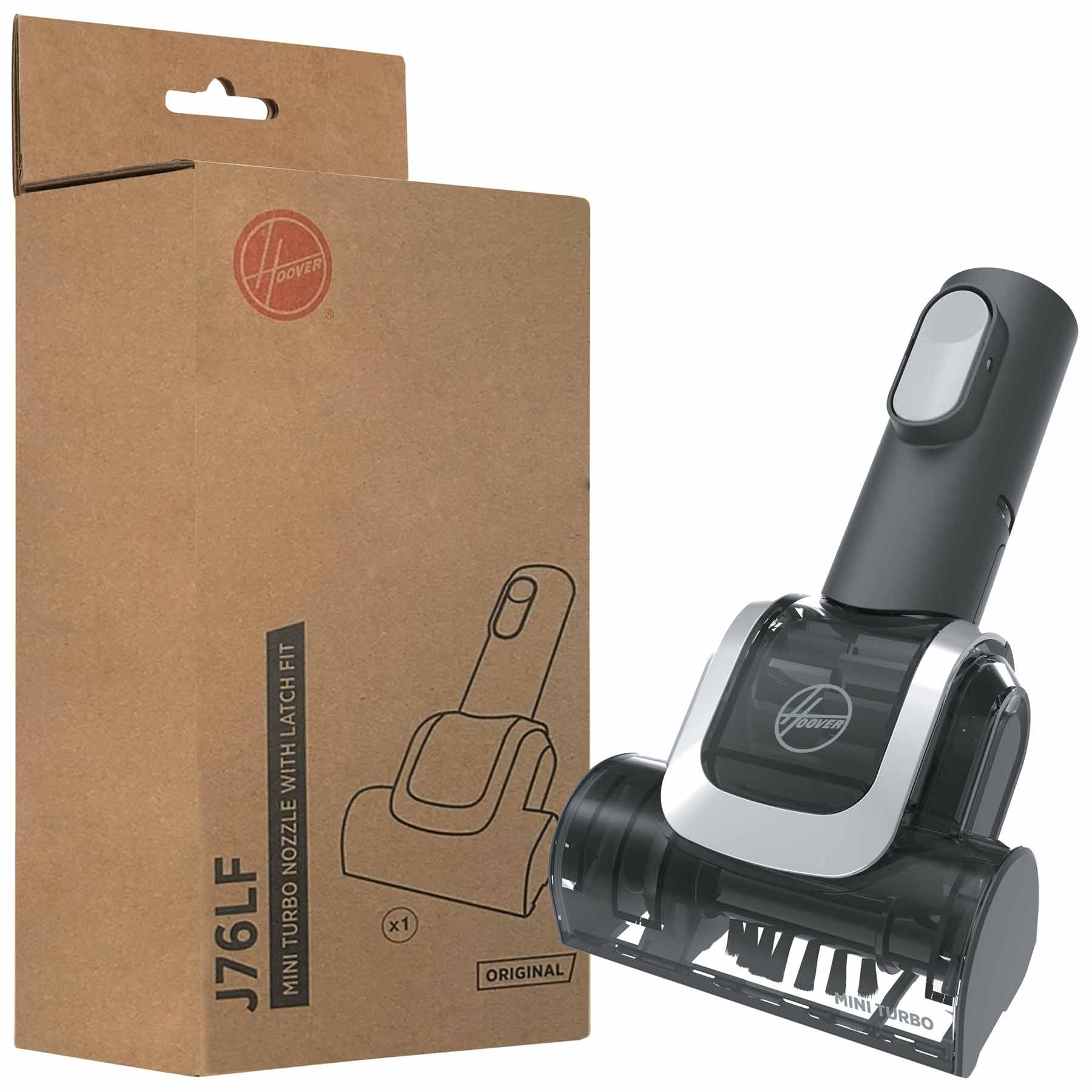

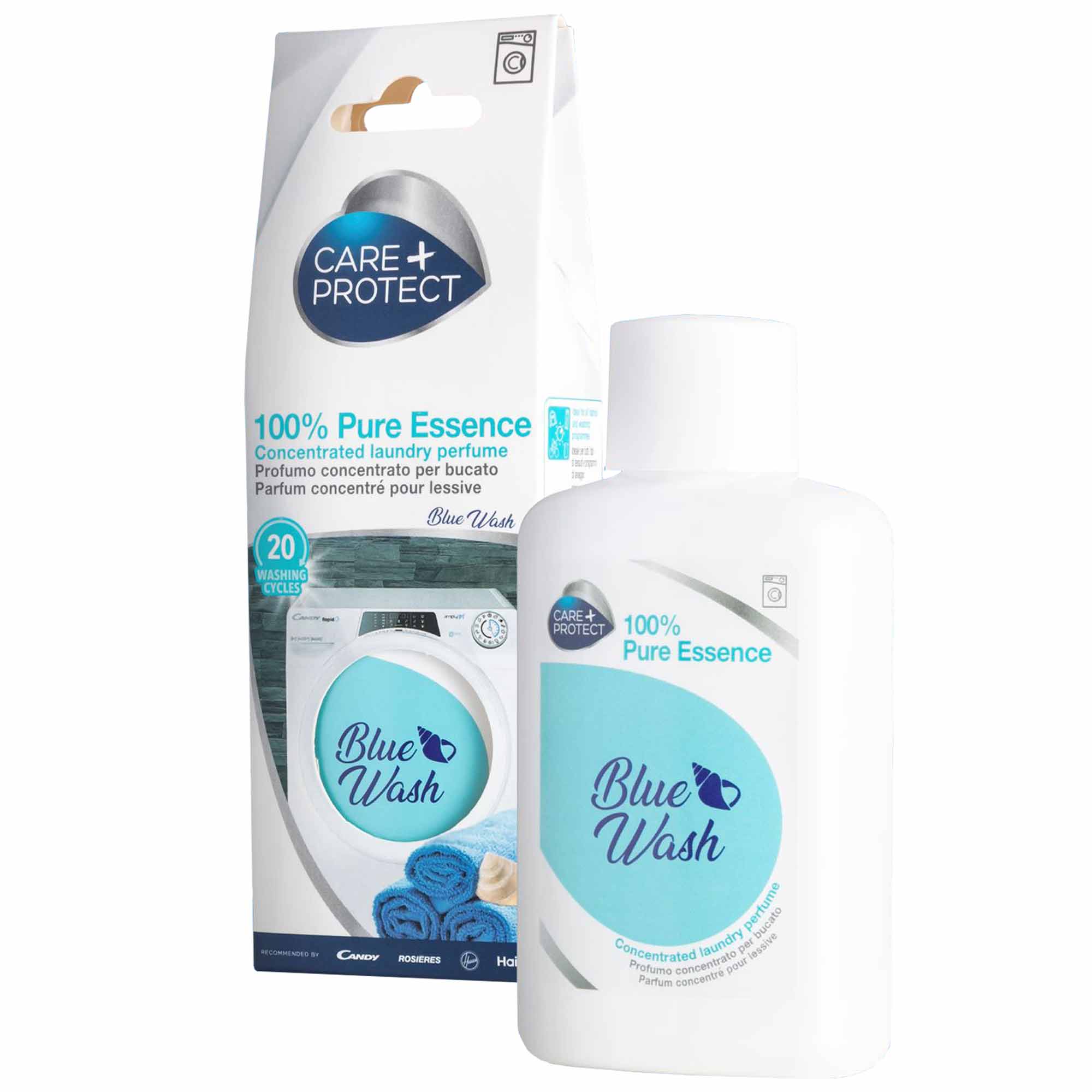
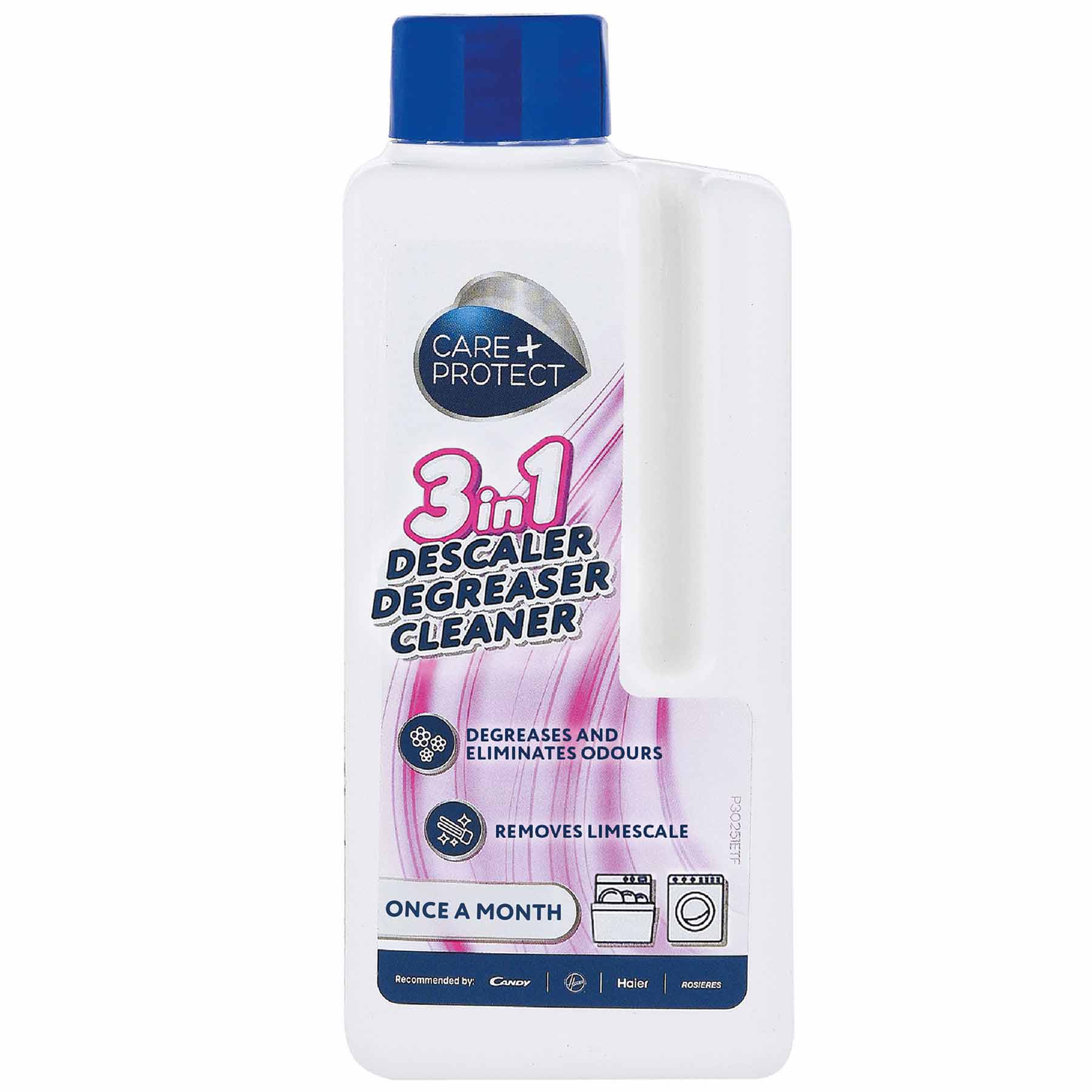

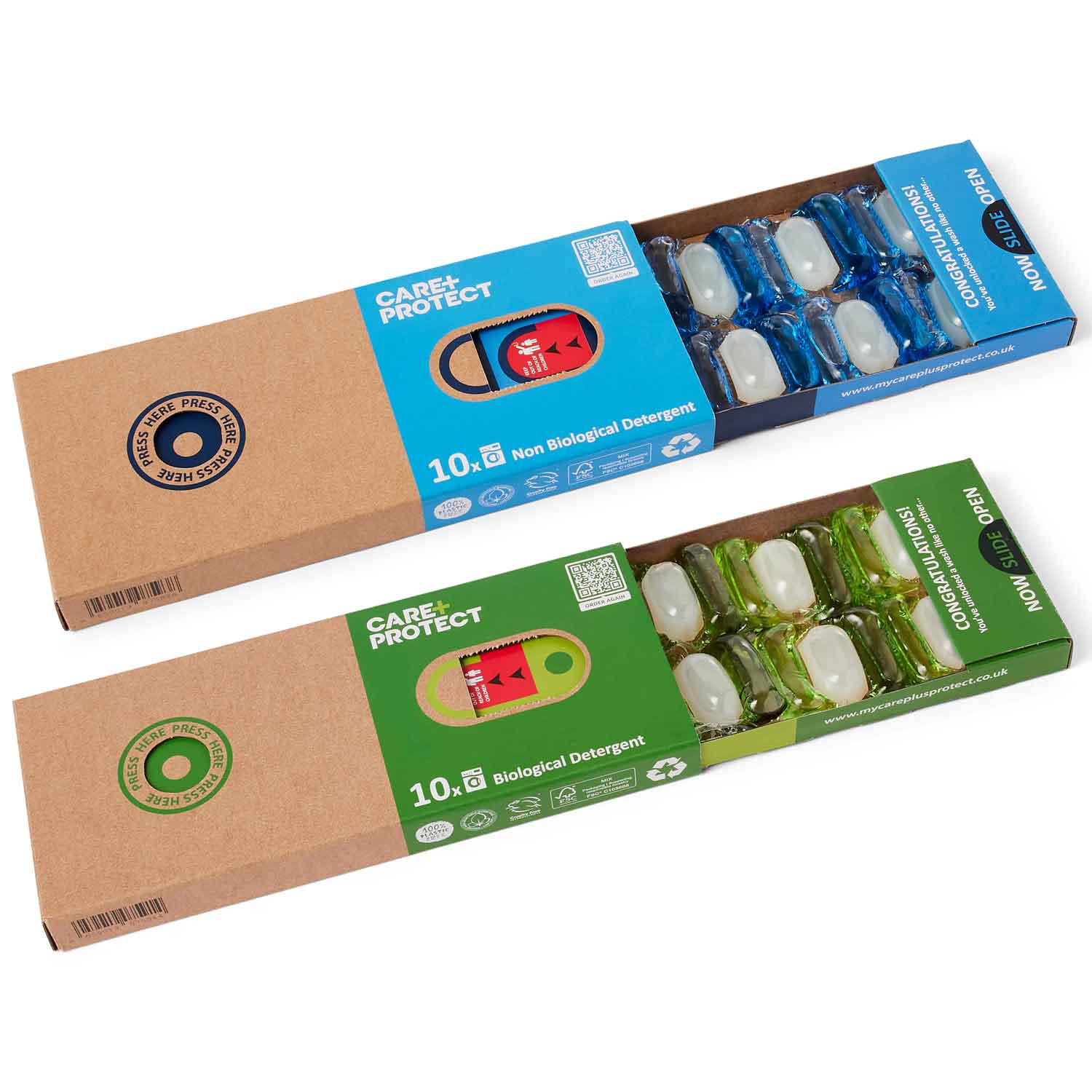
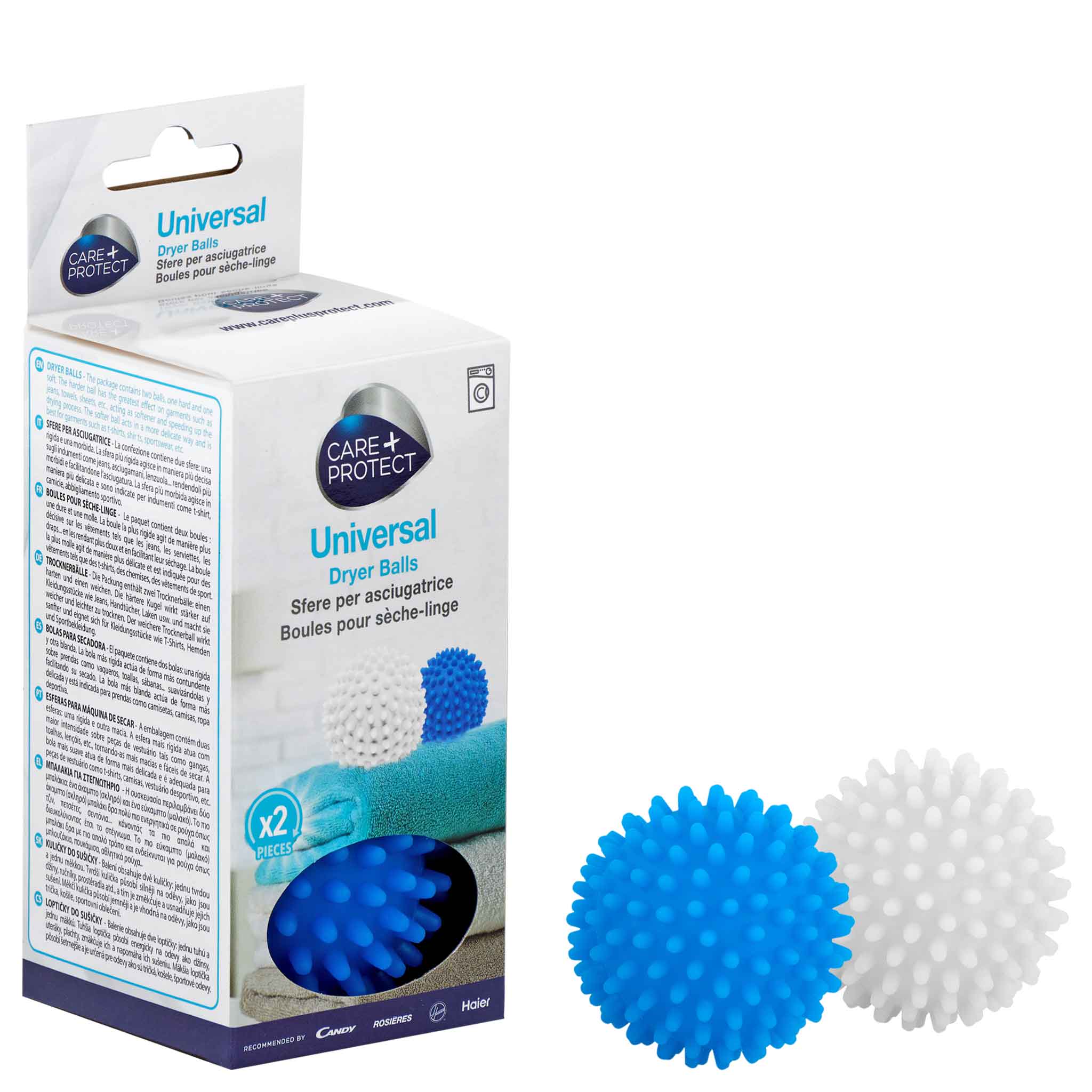
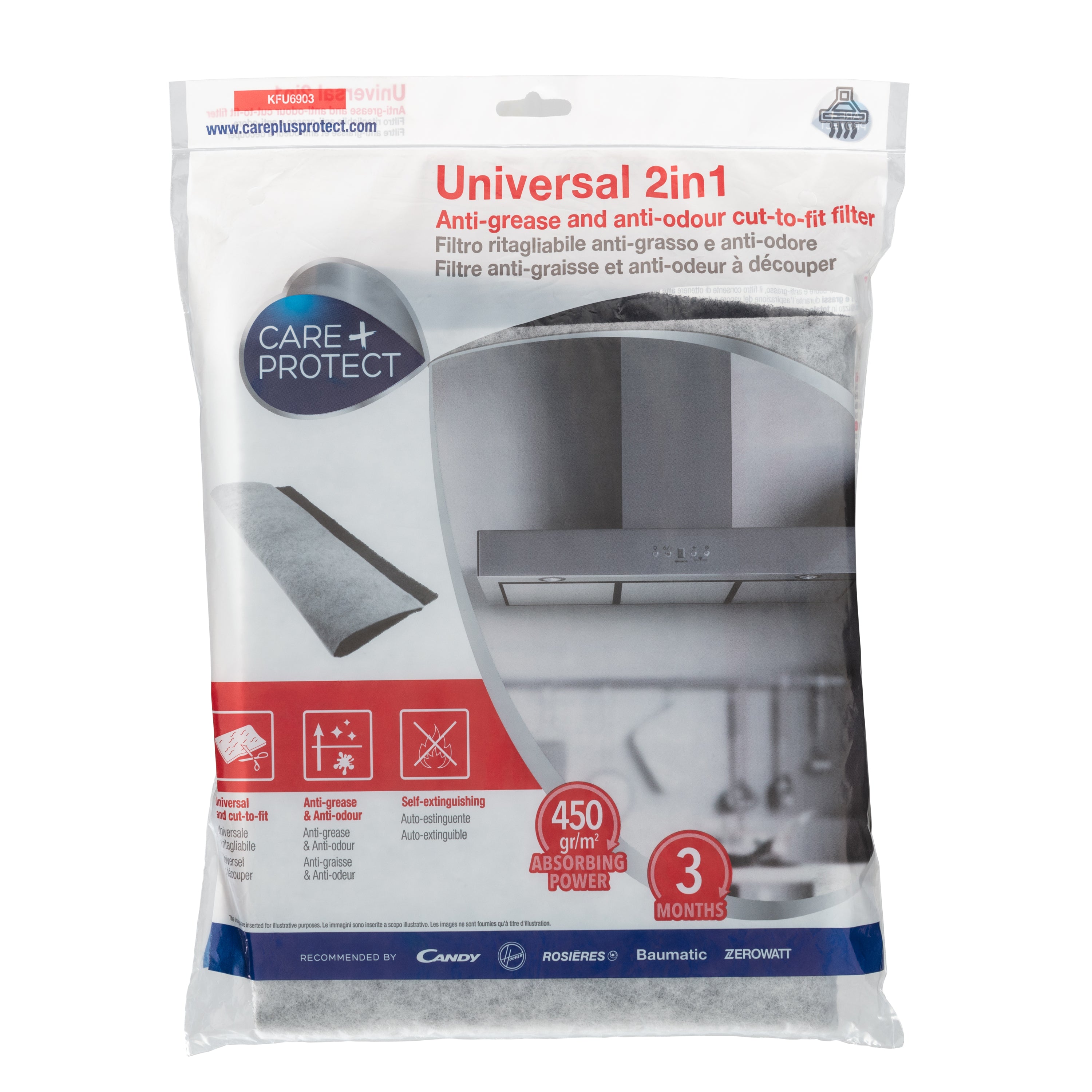
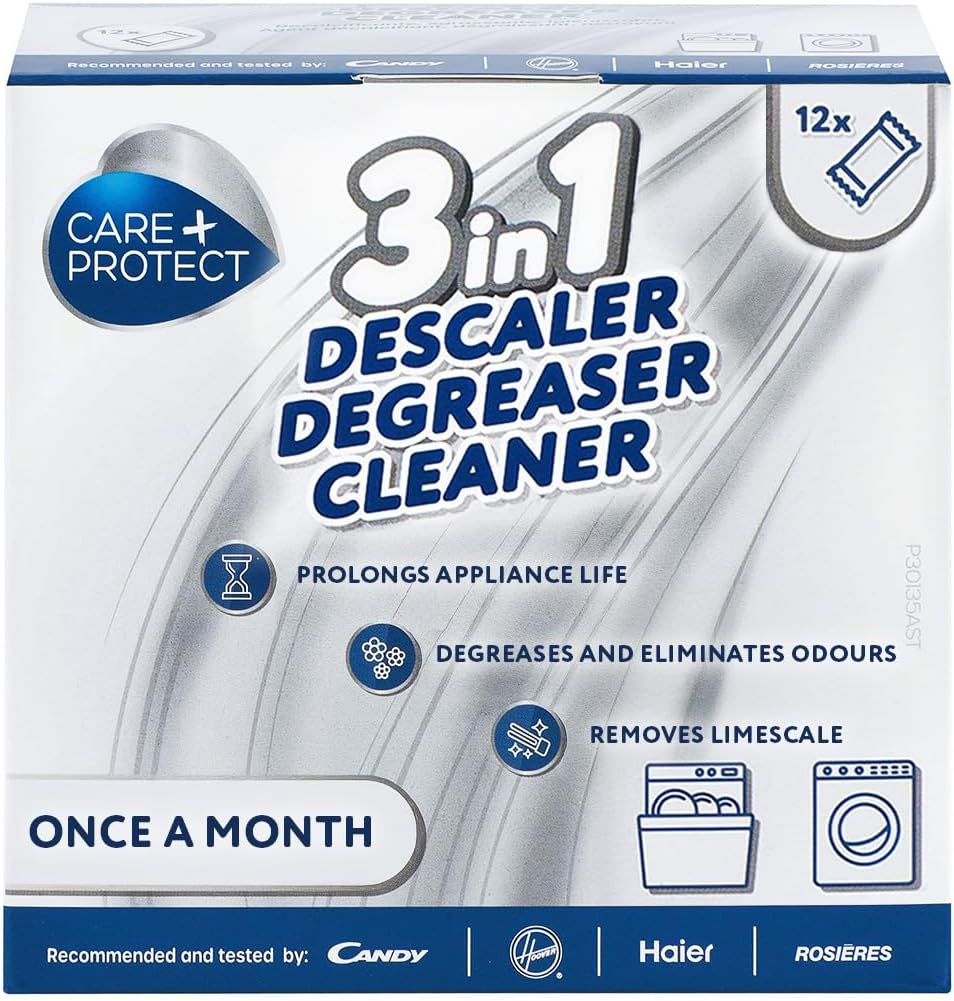
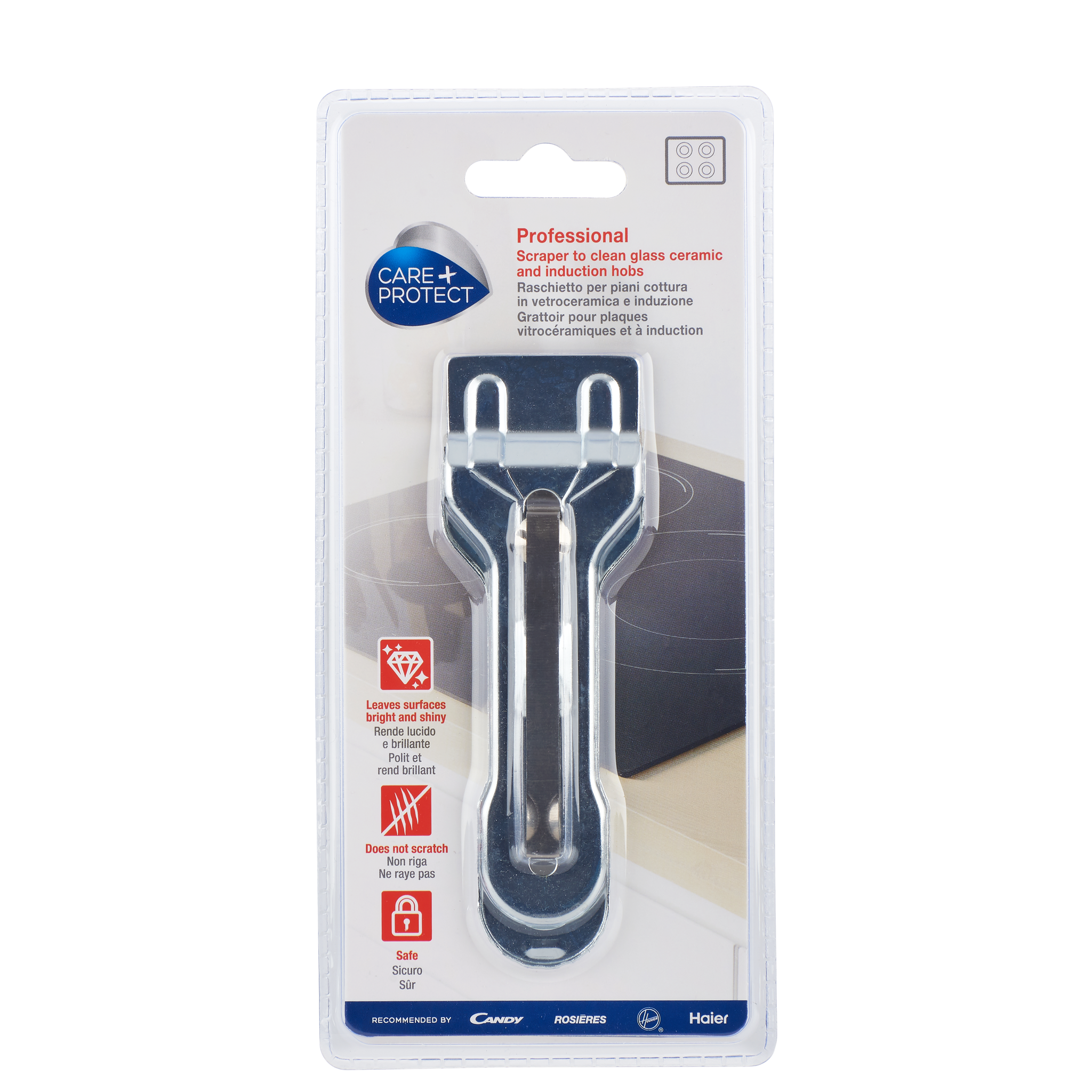
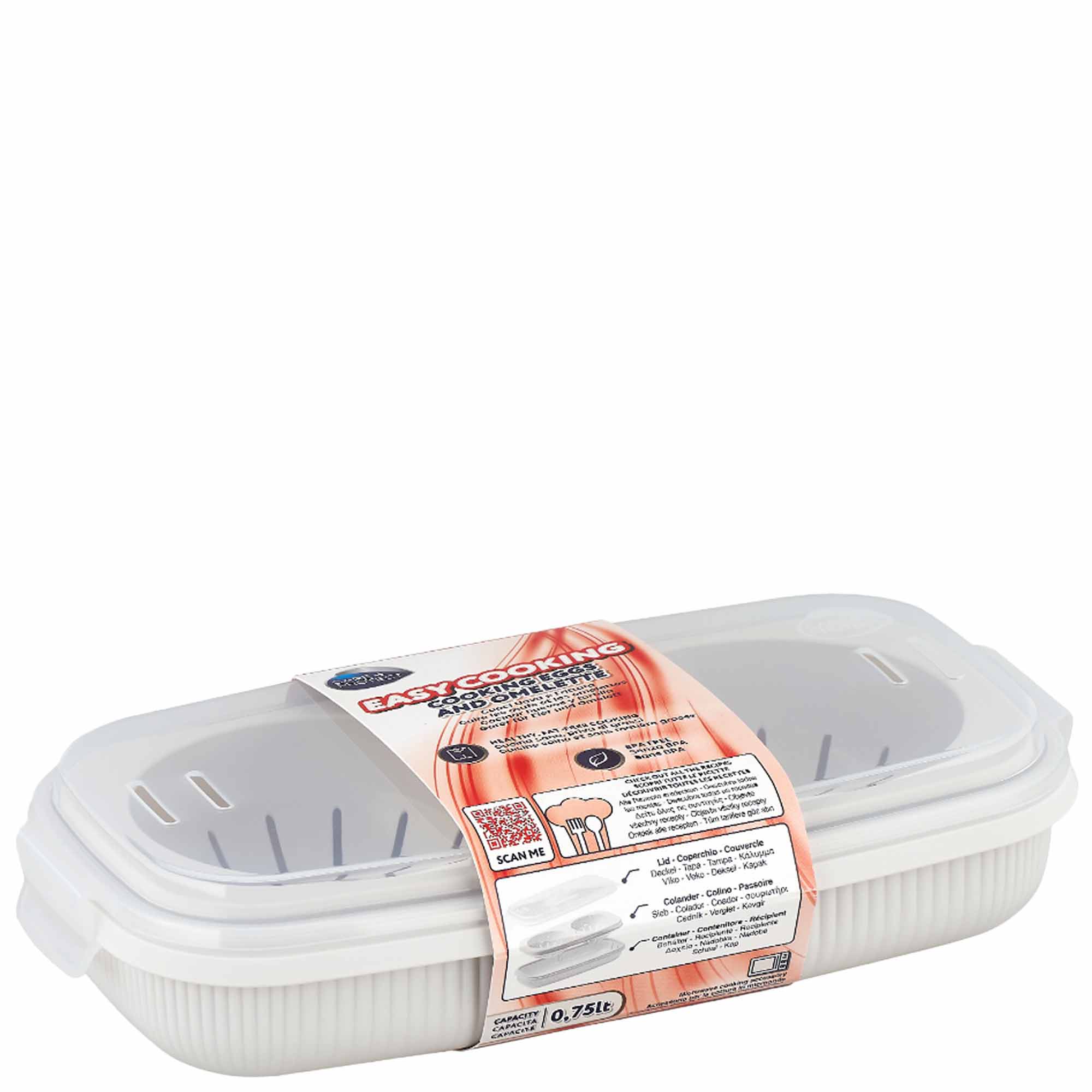

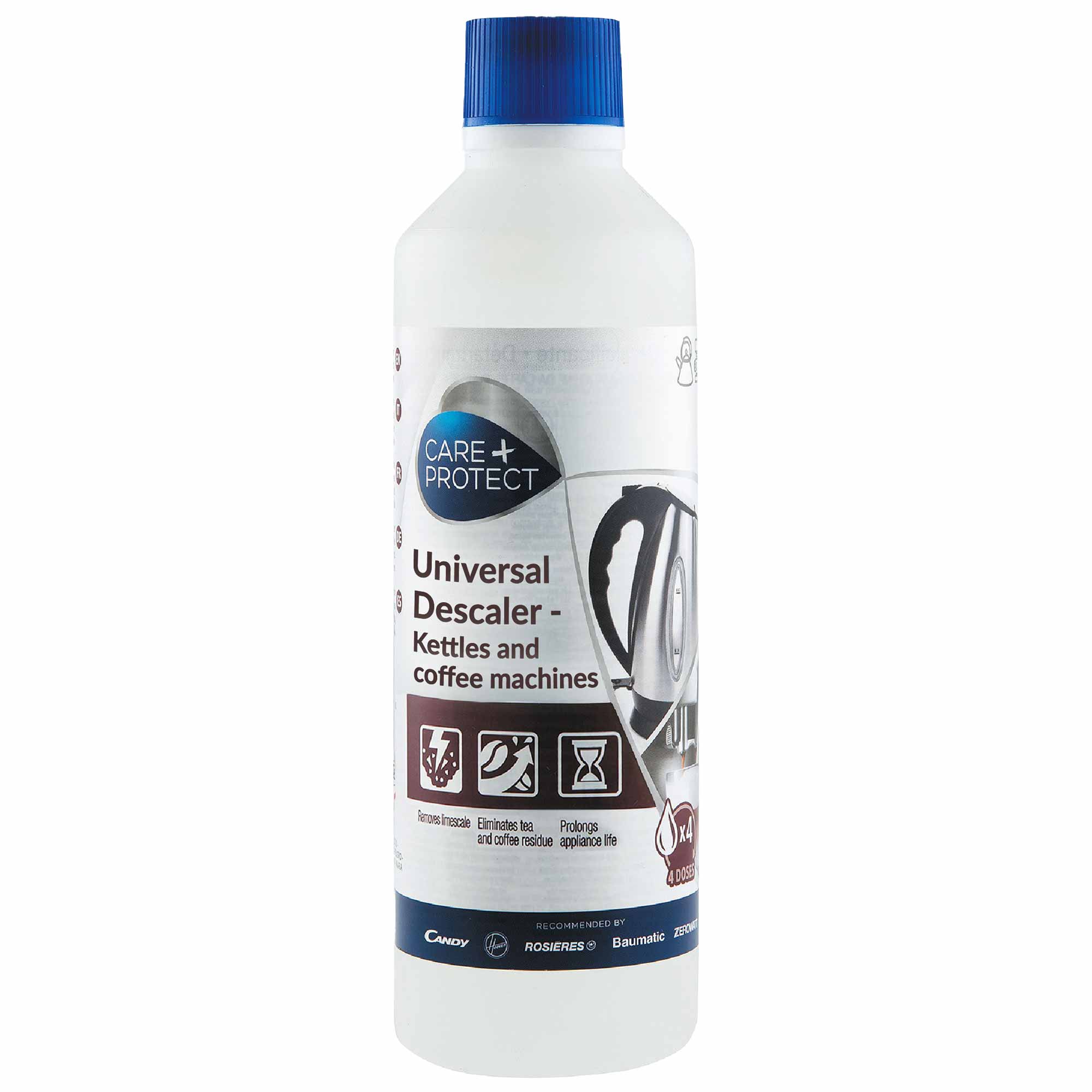
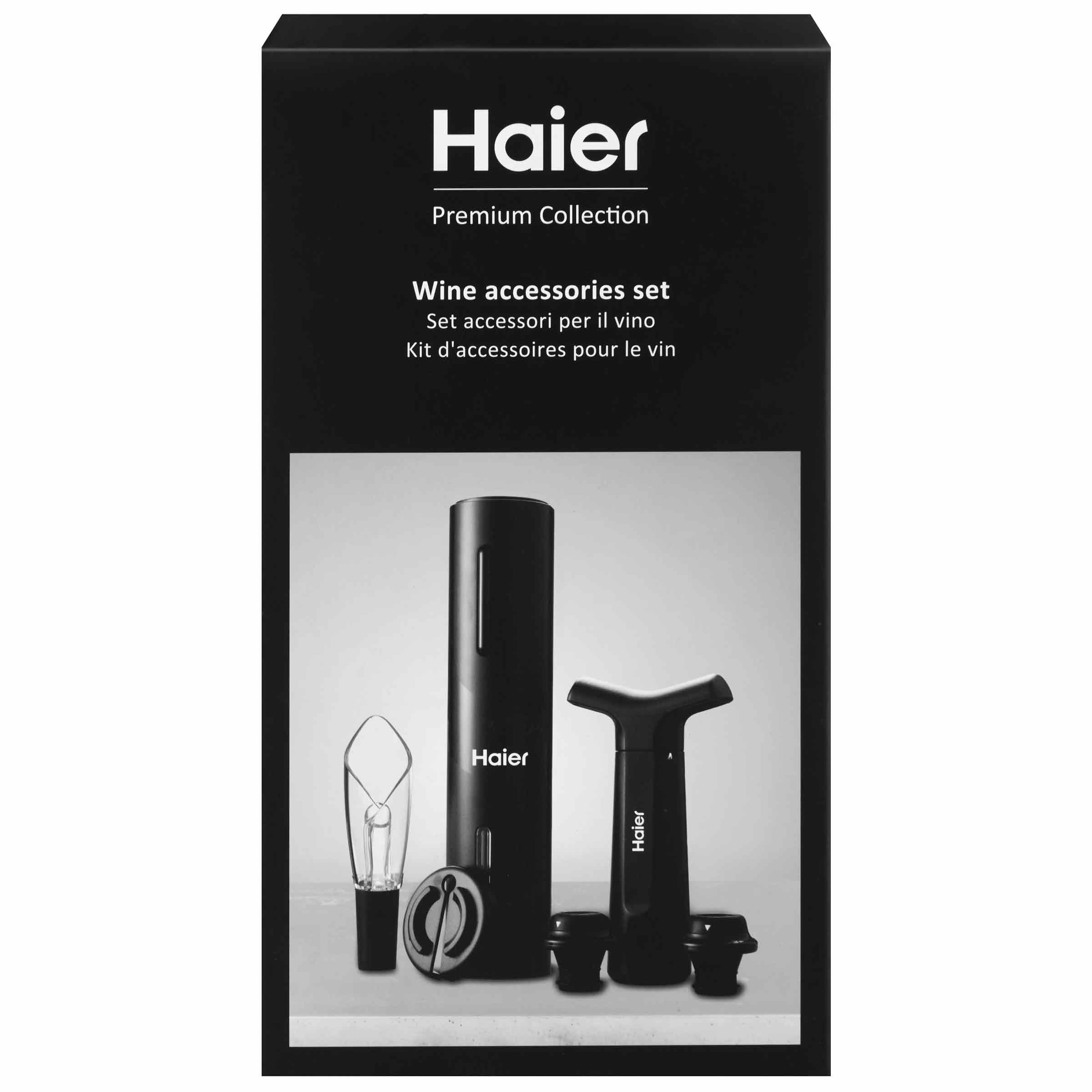
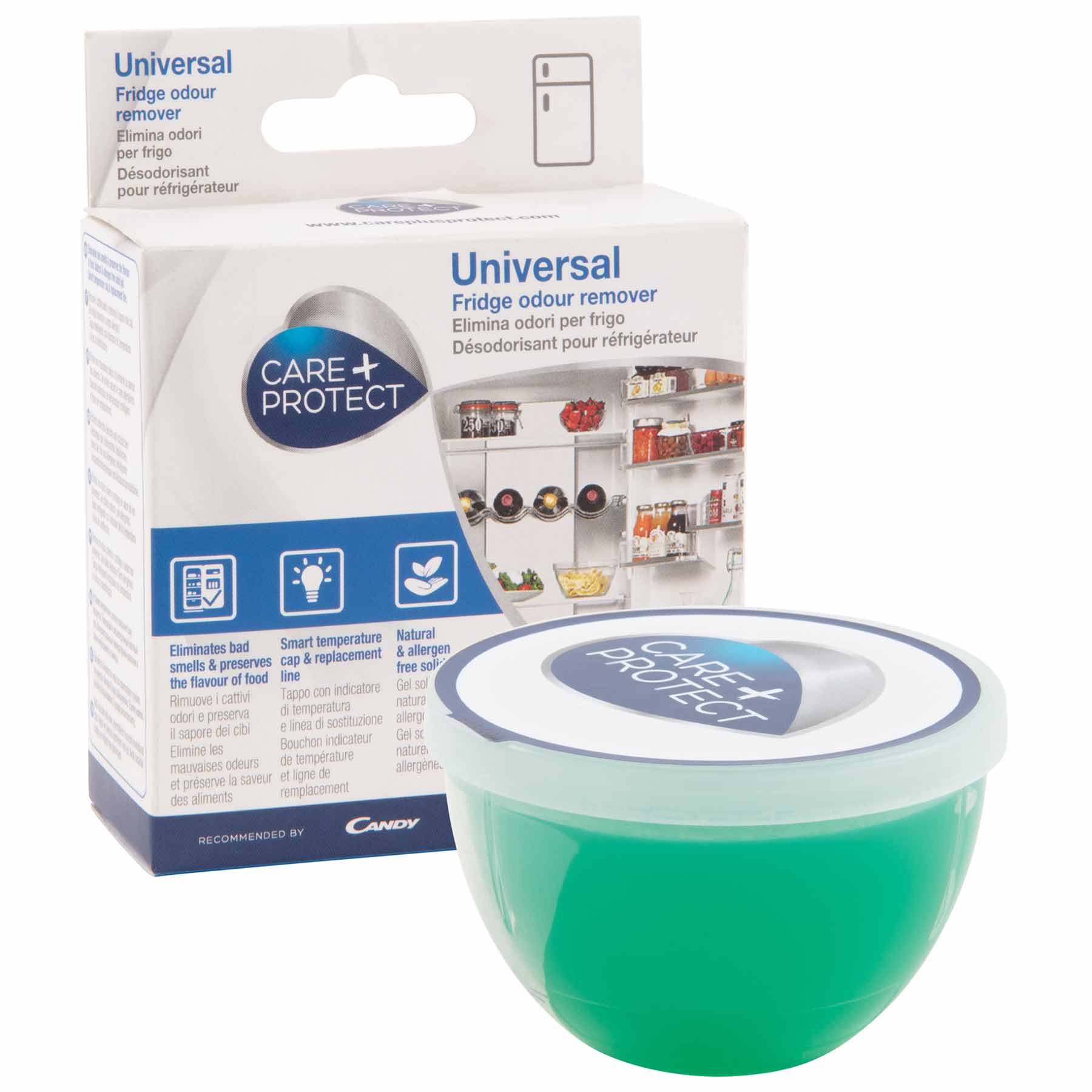
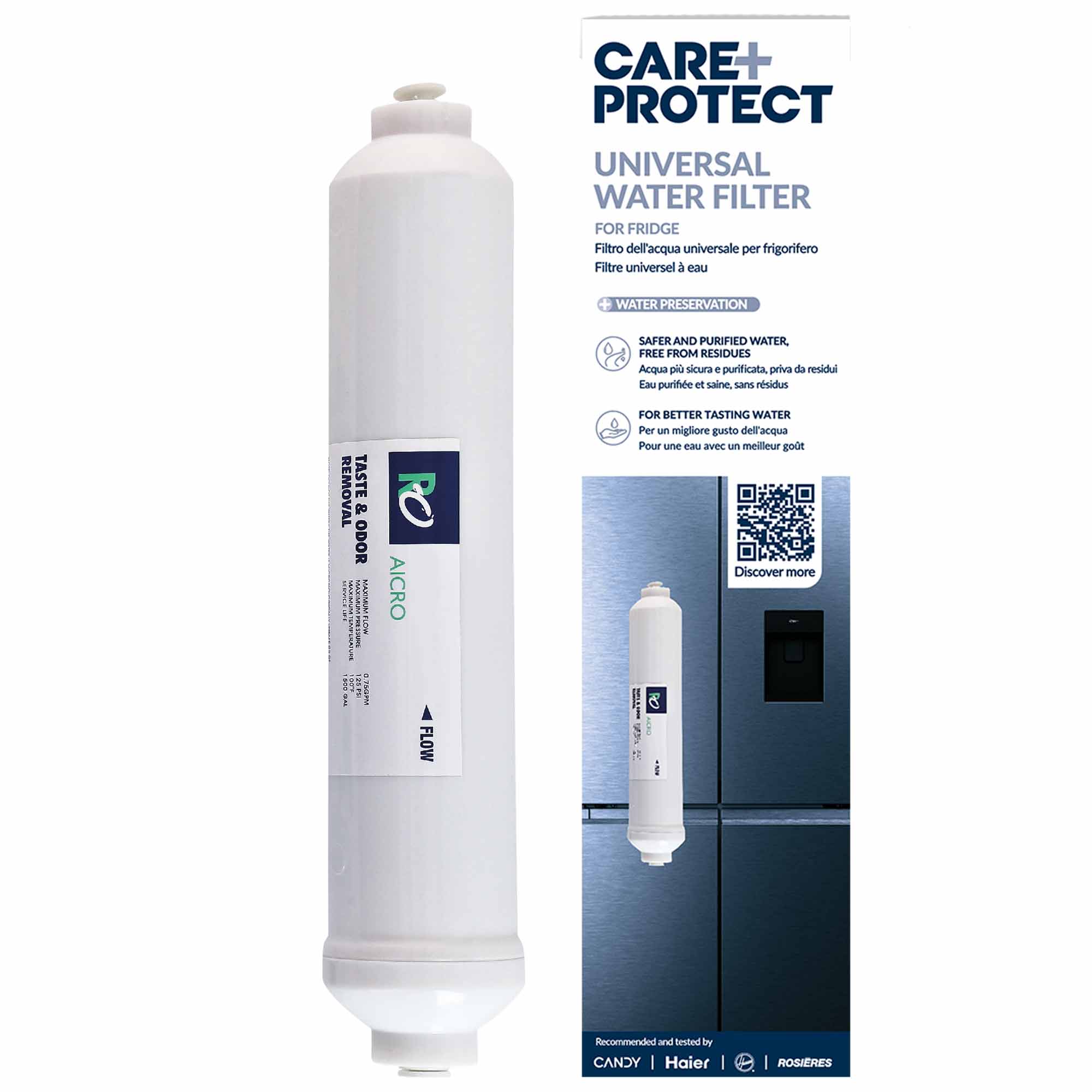
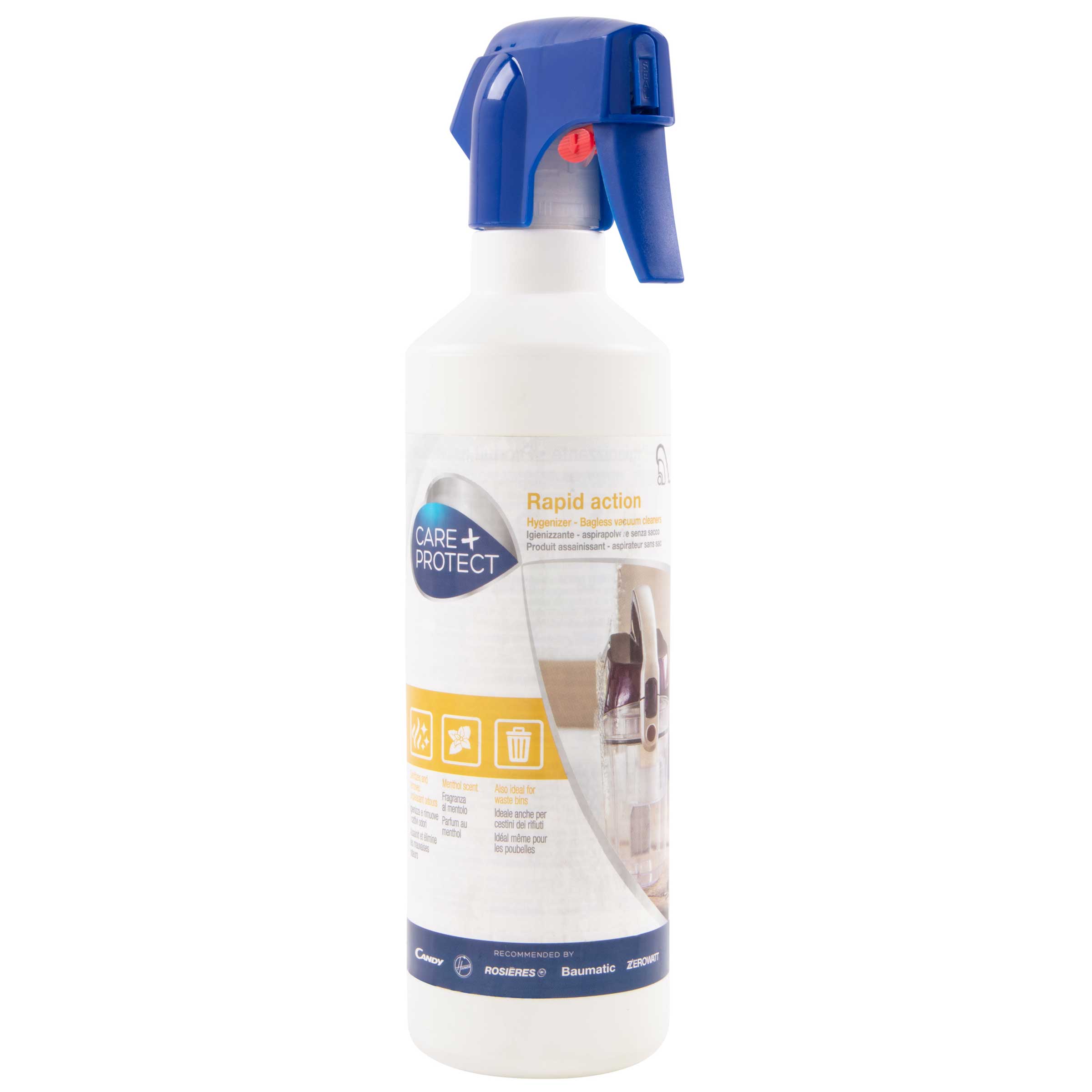
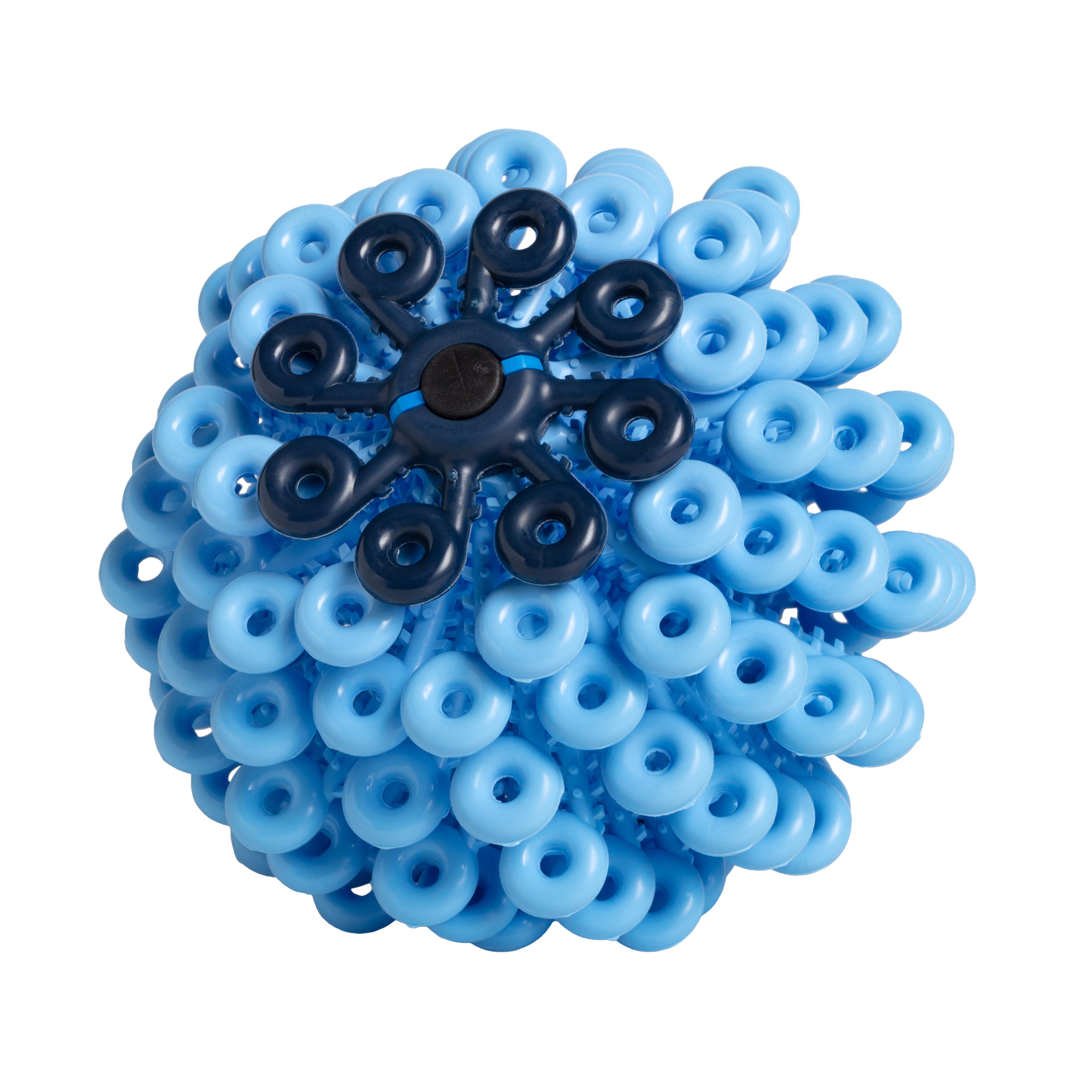
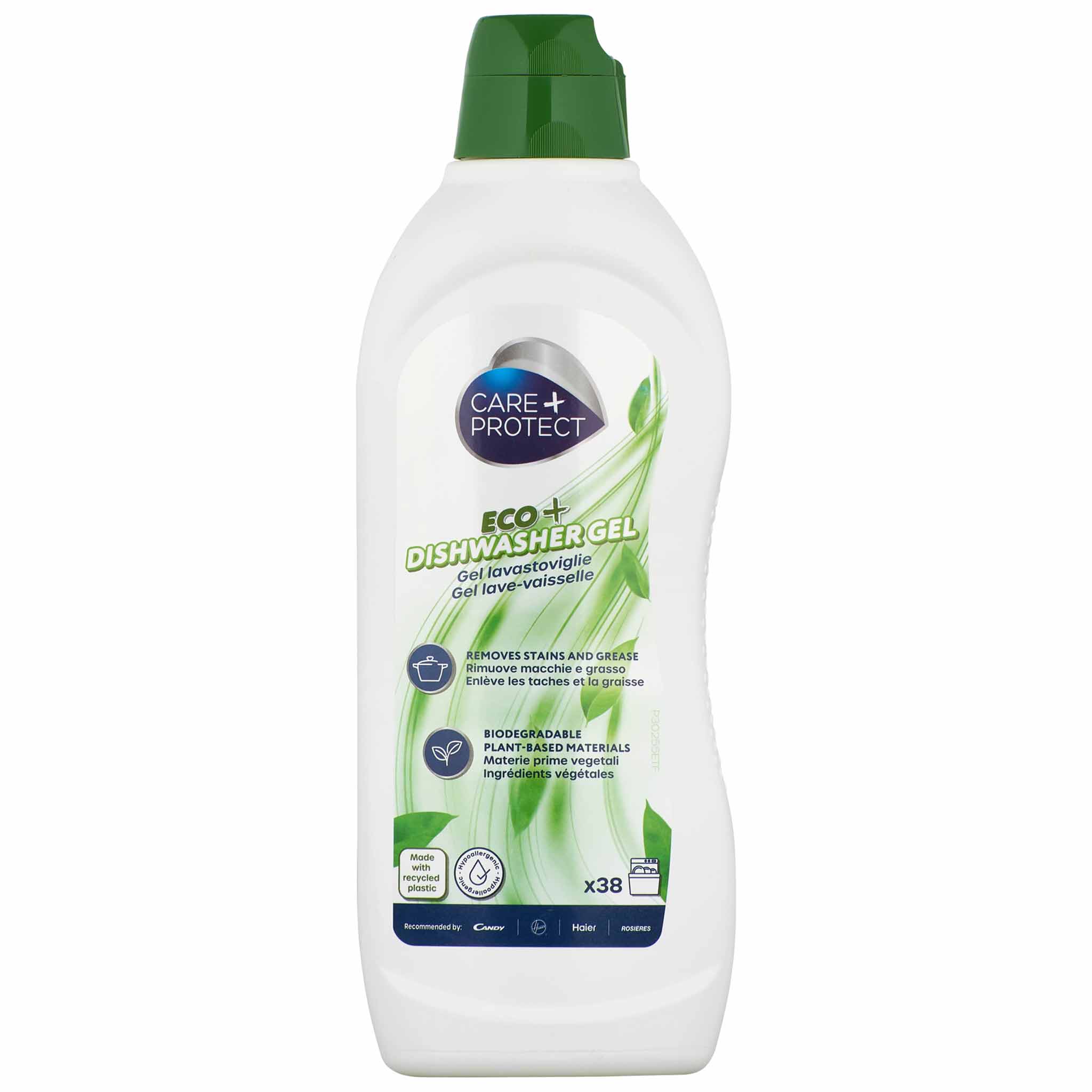
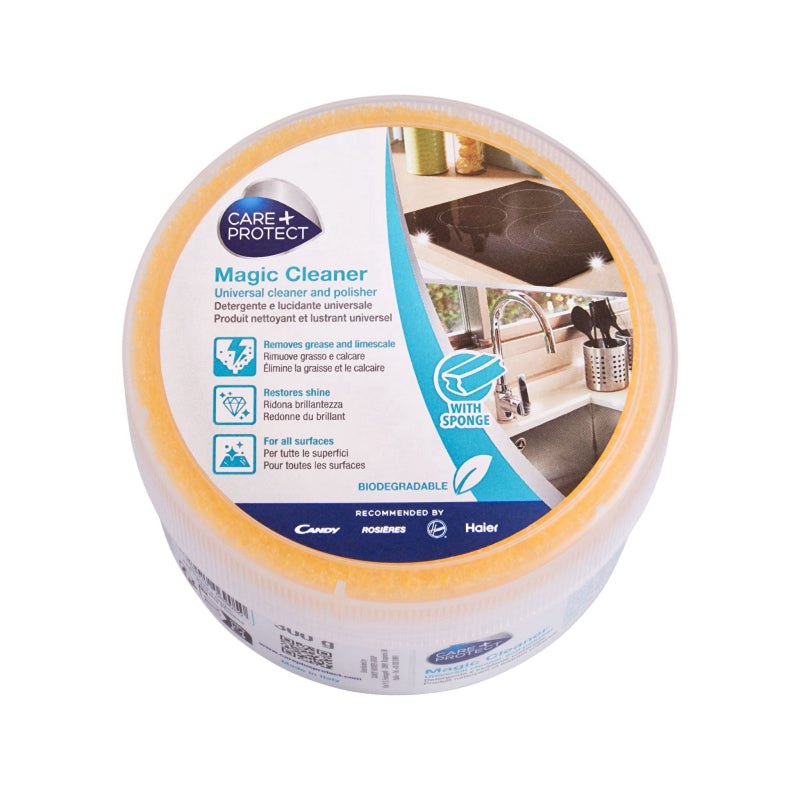
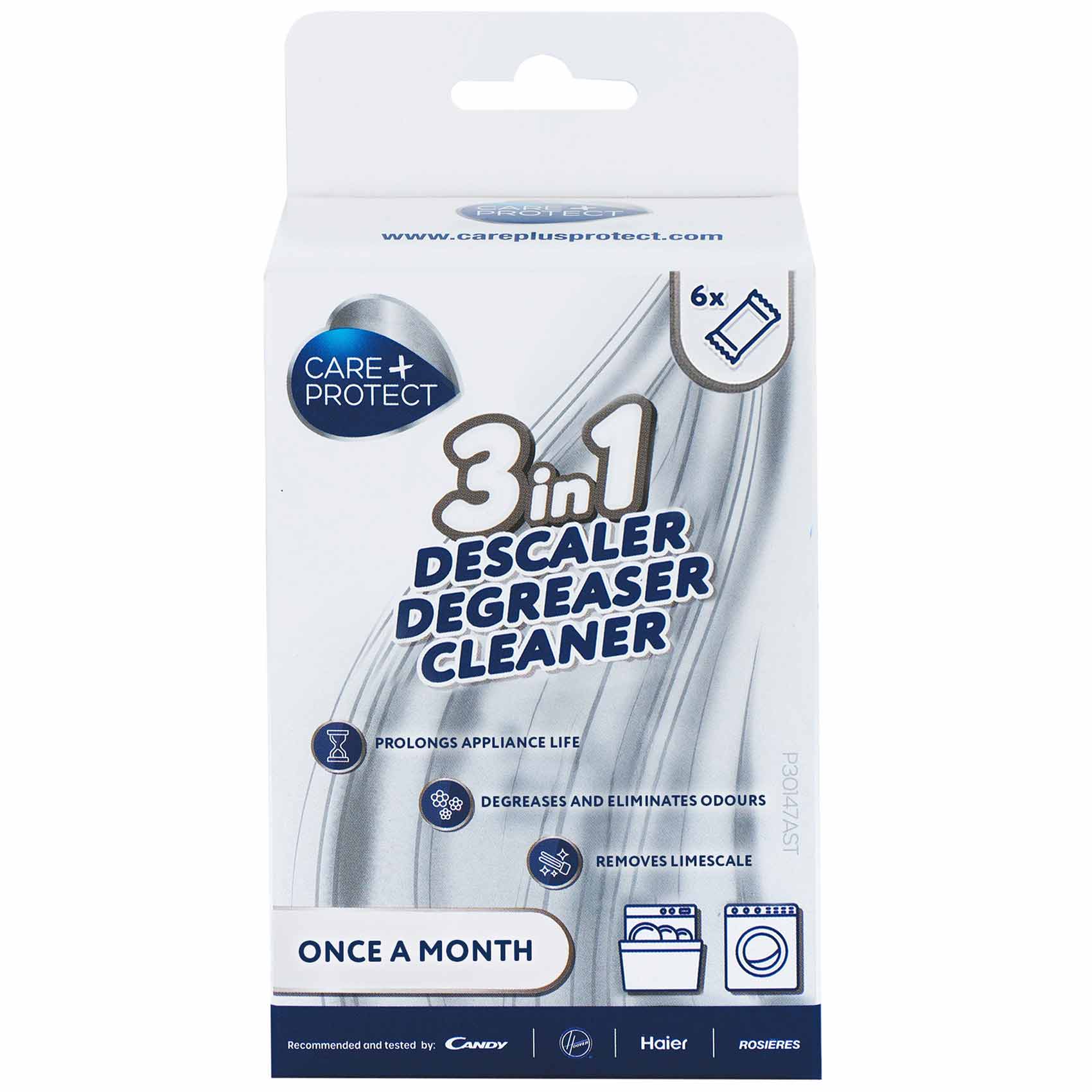


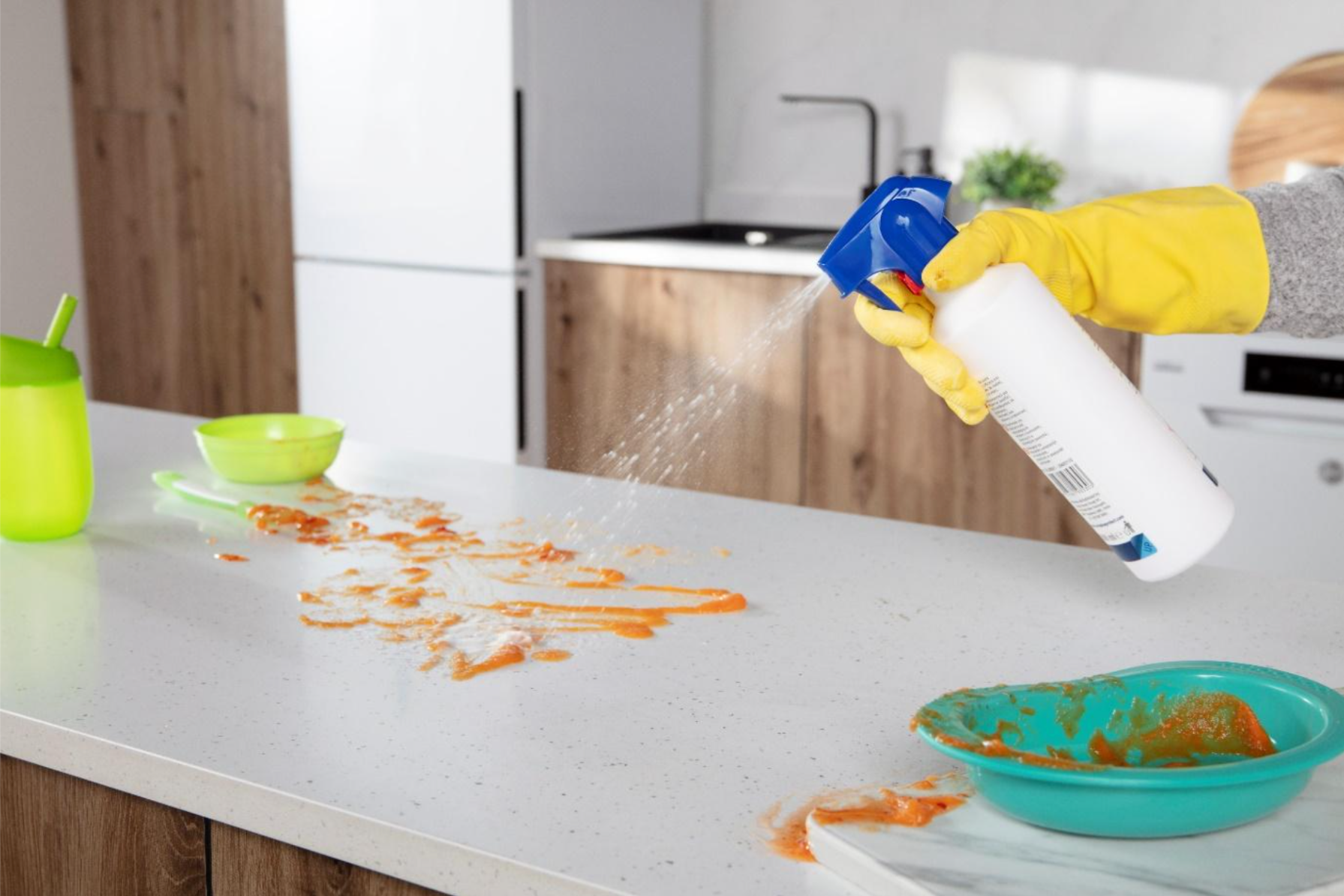
Leave a comment